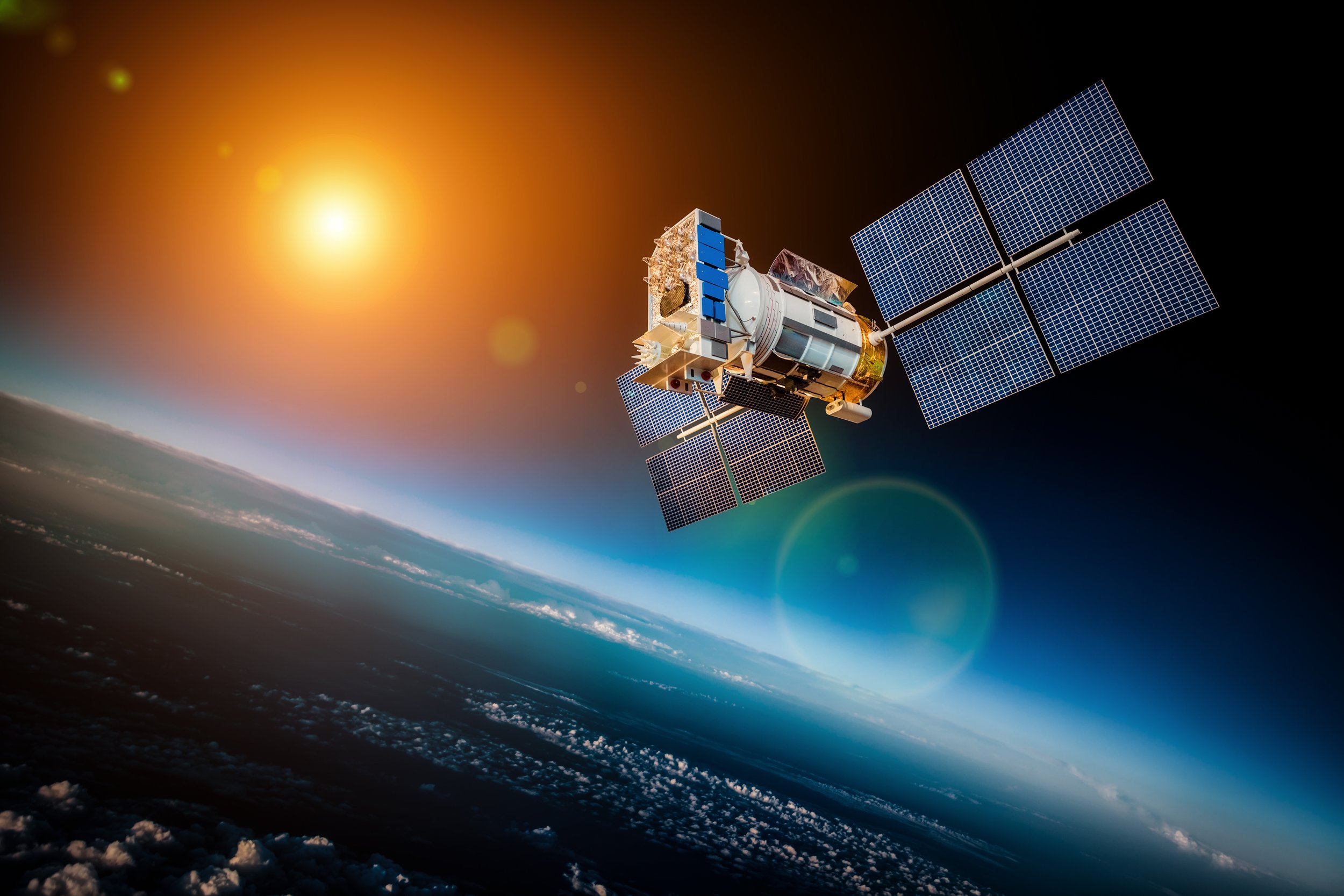
Science
We develop materials and modules that push the envelope of what can be detected and measured in a variety of scientific disciplines. Contact us for your project.
-

Detectors for Synchrotron Imaging
We are currently developing Perovskite semiconductor-based high spatial resolution detectors in collaboration with Brookhaven National Laboratory (BNL) for use at the synchrotron beamlines. The high sensitivity of the perovskites to X-rays, along with their high efficiency, are ideal candidates for high-energy X-ray detection. BNL is designing a custom ASIC for these cameras.
-

Neutron Imaging Plates
Our R&D effort in this area is focused on CapeSym’s patent-pending imaging plate technology involving crystalline scintillators incorporated inside a microcapillary matrix. These detectors have the potential to surpass the current state-of-the-art at a much lower cost and higher spatial resolution. As an example, the CLLB-based imaging plates show very high light yields and response uniformity along with a high spatial resolution of about 200 microns. The current research direction includes the fabrication of high spatial resolution neutron imaging plates using organic glass scintillators.
-

UltraFast Radiation Hard Detectors
We are developing low-cost ultrafast radiation detectors for use in nuclear physics and high-energy physics experiments. One of the candidates is gallium oxide (β-Ga2O3), which has demonstrated fast decay of 2ns and a light yield that is ten times the current state-of-the-art lead tungstate scintillators even after irradiation under a gamma dose of 2Mrad. These detectors are currently being evaluated for various homeland security and nuclear physics applications.
-

Q-Dot WLS
We have developed deep UV wavelength shifters based on perovskite quantum dots with quantum efficiencies as high as 70%. These can provide an SNR boost of three times compared with the current state-of-the-art. These next-generation wavelength shifters are currently being considered for various high-energy physics experiments.
-

Space Research
We are currently developing radiation hardened scintillator detector arrays based on SrI2 scintillators that will be used for space applications.

